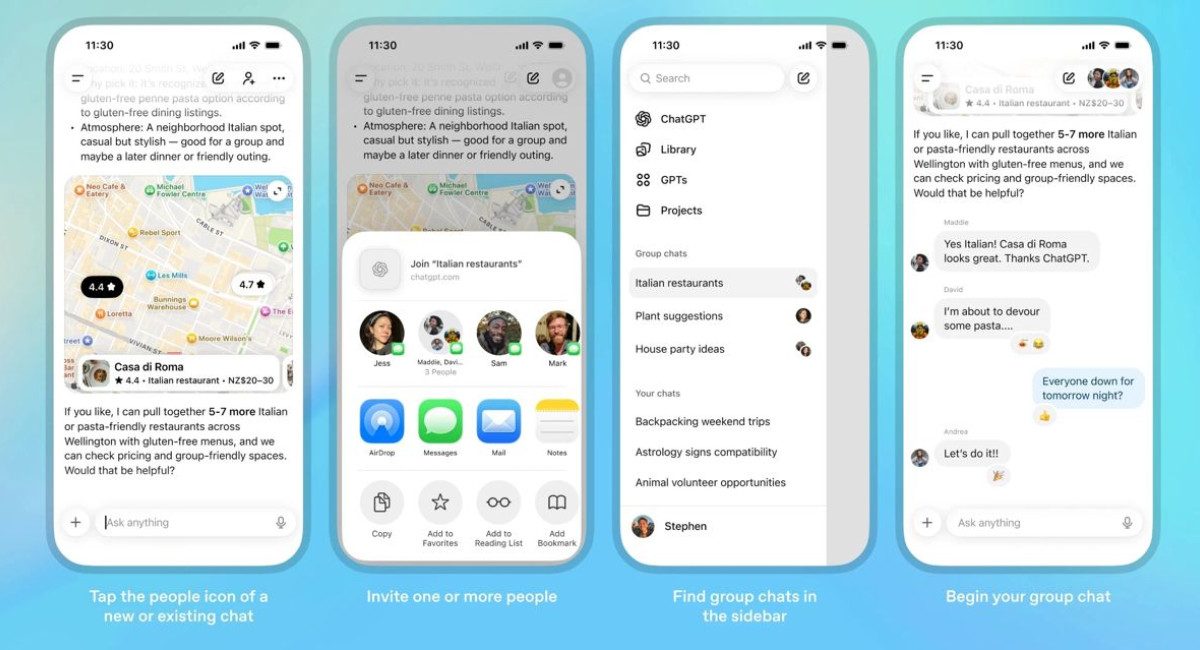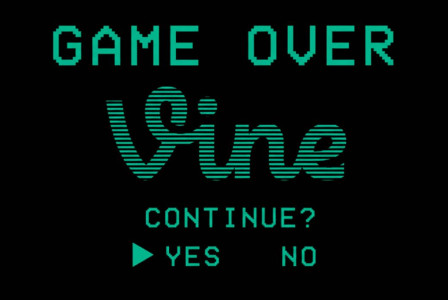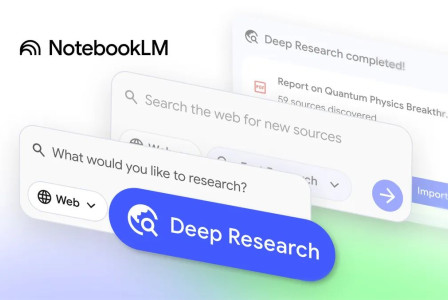SEARCH
ChatGPT rolls out Group Chats for AI-enchanced collaboration

SHARE IT
OpenAI is introducing a major new way for people to work together inside ChatGPT. Users in a handful of regions are now gaining access to group chats, a feature that blends real-time human conversation with on-demand AI support. The rollout marks one of the company’s most significant attempts yet to push ChatGPT beyond a one-on-one assistant and into a collaborative space.
The idea is simple: instead of switching between private chats or copying information back and forth, users can gather in a shared thread where ChatGPT sits alongside them, ready to assist only when needed. It’s meant to feel more like a small virtual workspace than a standard chatbot window, giving discussions structure and keeping everyone on the same page.
To begin a group chat, users tap the new people icon at the top right corner of any chat—whether it’s brand-new or already filled with previous messages. First-time users will be prompted to create a brief profile that includes a name, username, and photo, ensuring everyone in the group can see who is participating. Invitations are straightforward: users can generate a link and share it directly, and each group can host up to twenty people. Once created, the link behaves like an open door—any participant can forward it to others, allowing new contributors to join seamlessly.
OpenAI has also addressed an issue that often complicates shared conversations: context preservation. When someone is added to an existing chat, ChatGPT automatically creates a duplicate version of that conversation and converts it into a new group thread. The original private chat remains untouched, ensuring history isn’t exposed to unintended participants and that users can continue their one-on-one exchanges independently.
A new labeled section in the sidebar keeps all group chats organized and easy to find. This interface change signals how central group collaboration may become for ChatGPT as it evolves.
Under the hood, these group interactions are powered by the GPT-5.1 Auto model. Instead of relying on a single fixed model, GPT-5.1 Auto dynamically selects the most suitable GPT 5.1 variant available to the user based on their ChatGPT plan. Whether someone is on Free, Go, Plus, or Pro, the system chooses the most capable option permitted by their subscription. The entire suite of ChatGPT tools—search capabilities, image generation, file uploads, dictation, and more—is fully supported in these shared spaces.
OpenAI has also clarified how usage limits apply in this new format. Only messages generated by ChatGPT count toward rate limits. Human-to-human conversation inside the group is unlimited, allowing people to discuss freely without worrying about exhausting their monthly usage.
To make group chats feel natural, ChatGPT’s behavior has been reworked. The assistant no longer jumps into every conversation automatically. Instead, it watches the discussion unfold and decides when its input is actually helpful. The model will remain silent during back-and-forth exchanges unless someone directly mentions ChatGPT in their message, which acts as a prompt requiring a response. This behavior aims to make the AI feel less intrusive and more like a well-timed collaborator. In another effort to humanize interactions, ChatGPT can now react to messages with emojis, mirroring the expressive habits common in group messaging apps.
Customization options add further control. Users can rename group chats, adjust participant lists, mute notifications, and set specific custom instructions that apply only to that particular chat. For example, one group might ask ChatGPT to act like a brainstorming partner, while another might require succinct summaries or a more formal tone.
The feature set suggests that OpenAI envisions ChatGPT not only as a tool for personal assistance but as a system that can help teams coordinate, plan, and create in a shared environment. Whether it’s for students working on a project, colleagues drafting a presentation, or friends planning a trip, the company appears to be positioning ChatGPT as the connective layer that ties collaborative tasks together.
As with many of OpenAI’s major updates, the rollout is starting gradually. Group chats are now available on both mobile and web for users in Japan, New Zealand, South Korea, and Taiwan across all plan tiers: Free, Go, Plus, and Pro. The company says it will closely watch feedback from early adopters before expanding the feature to additional regions and subscription levels.
MORE NEWS FOR YOU

 Help & Support
Help & Support 

